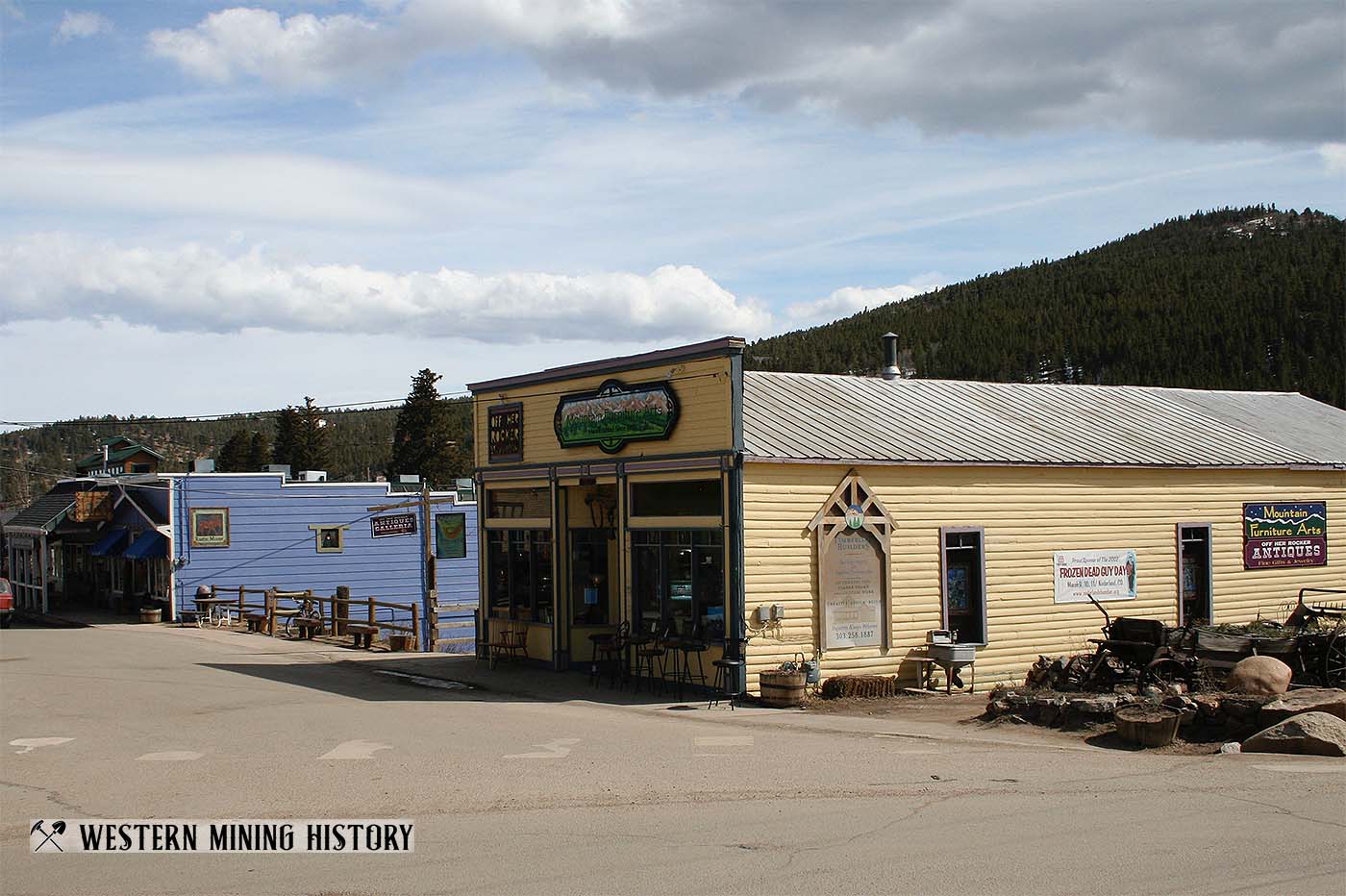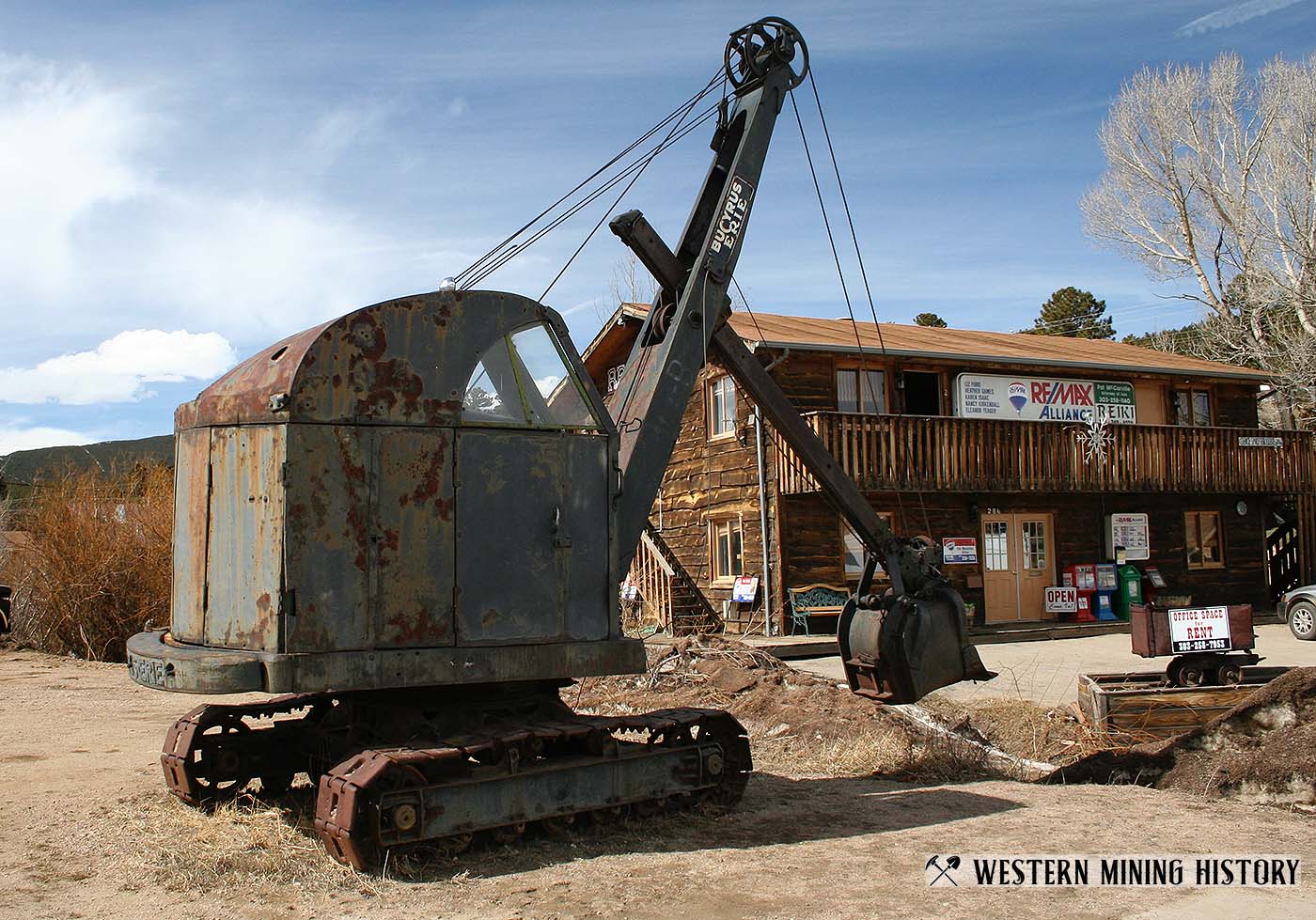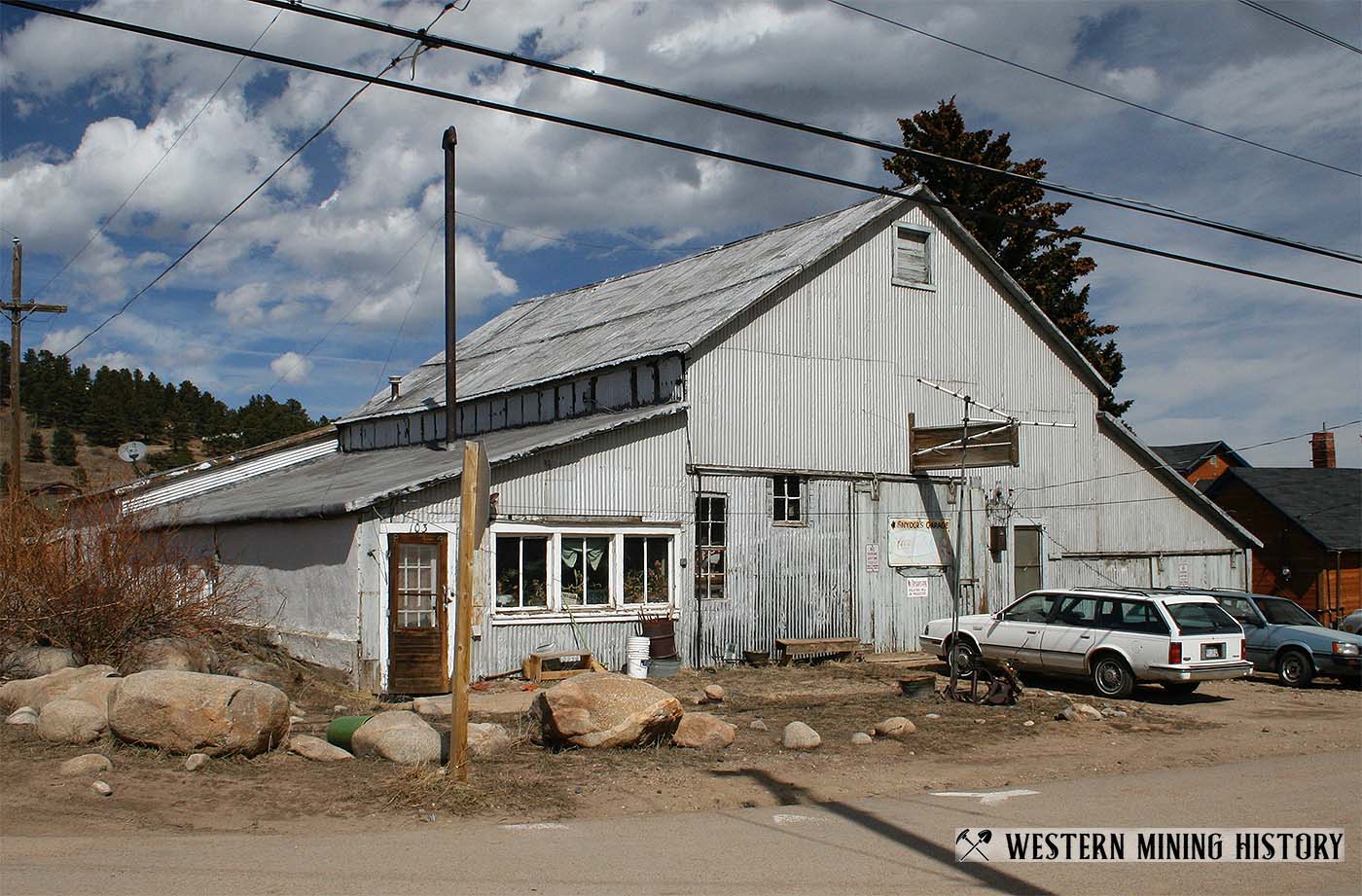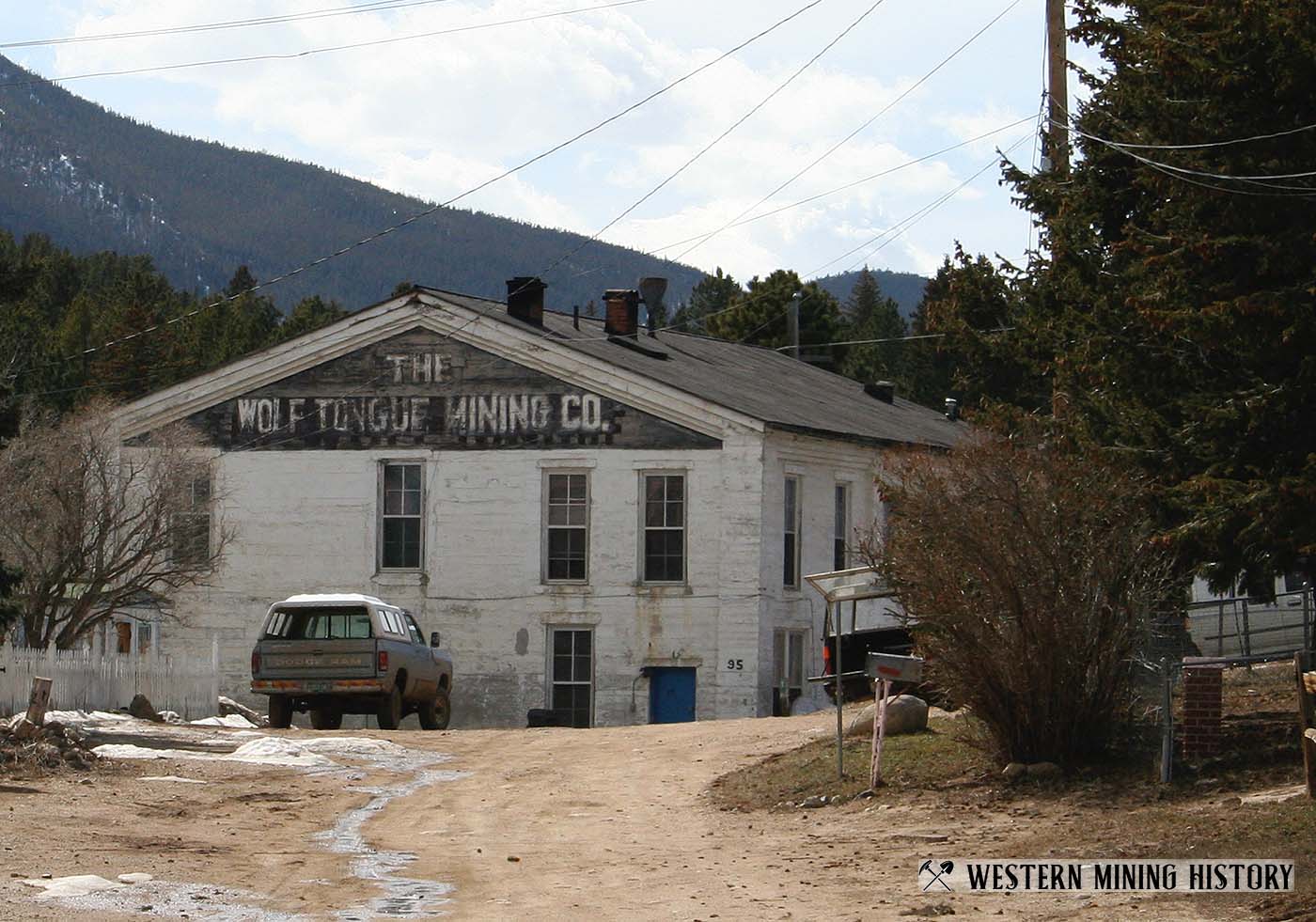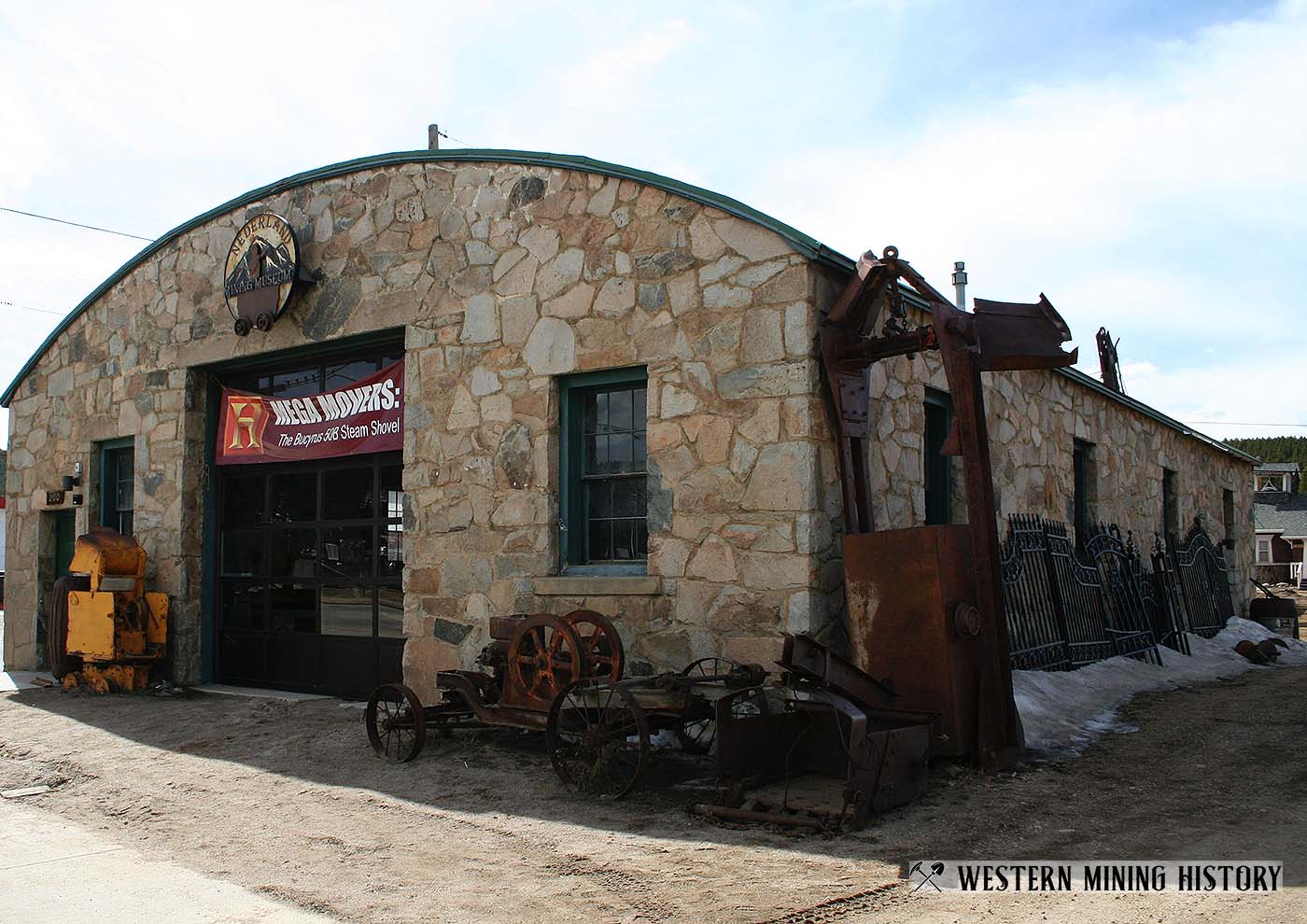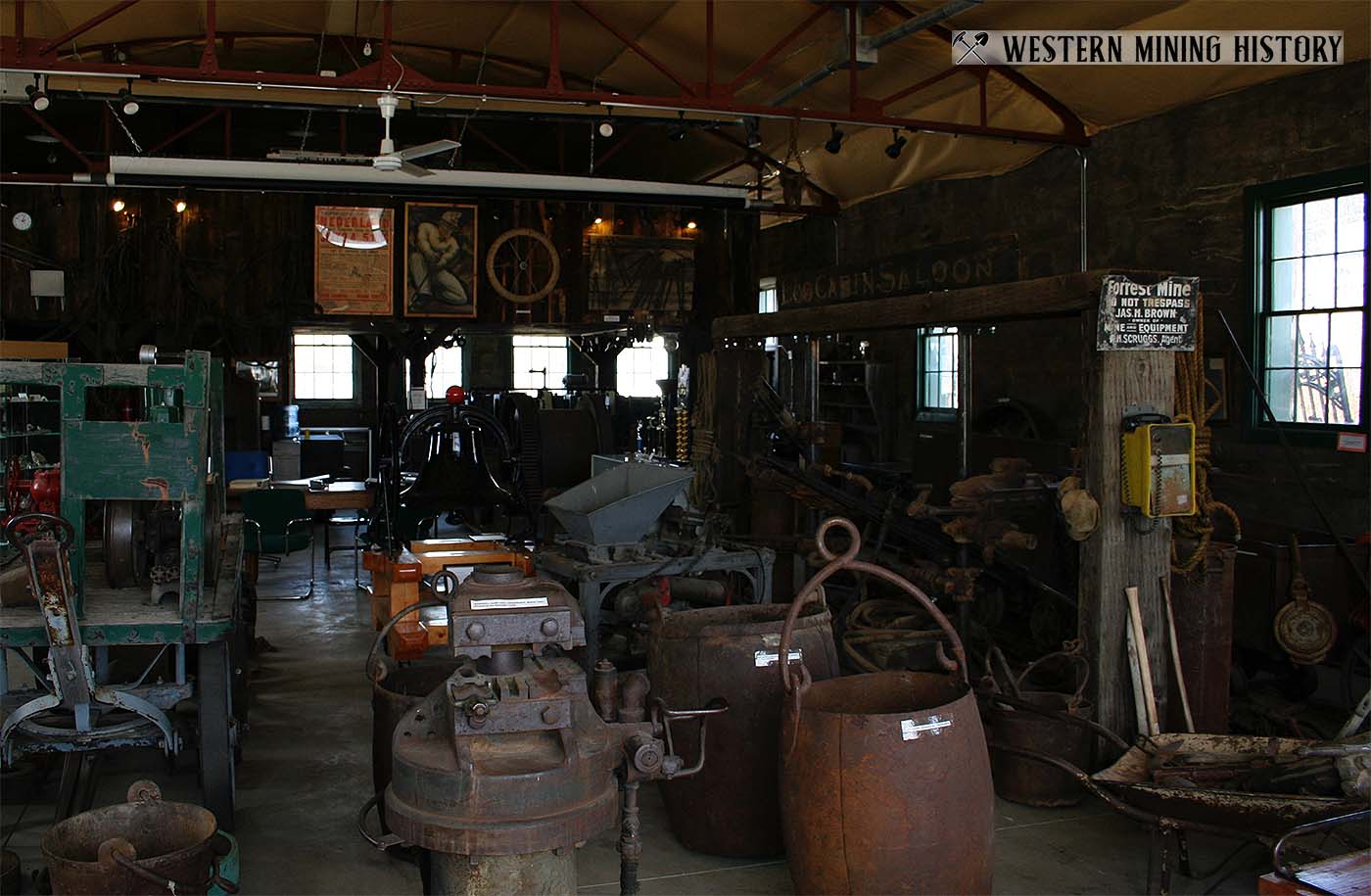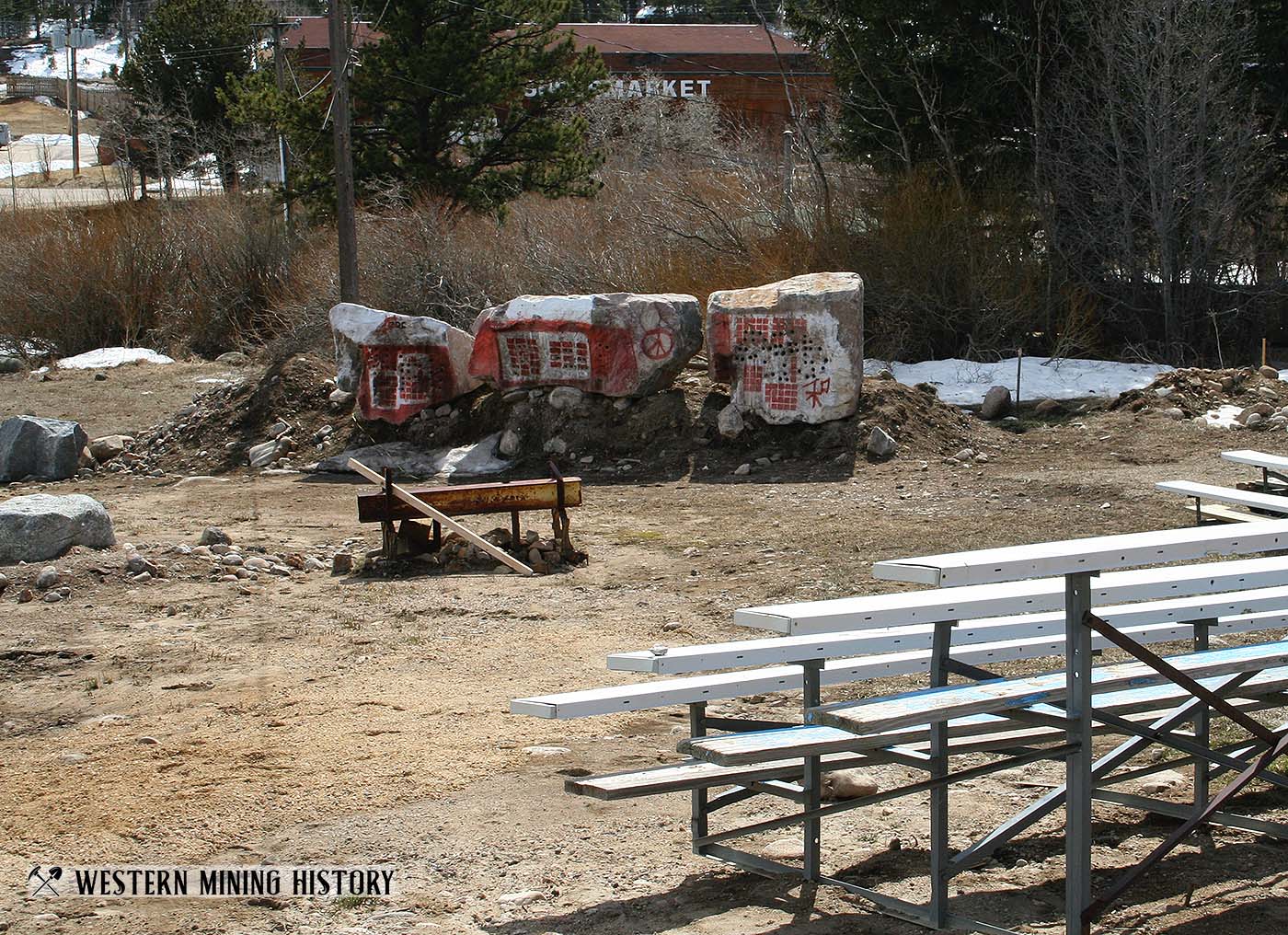Click on an image to get more details or a direct link.
Bucyrus Model 50-B Steam Shovel
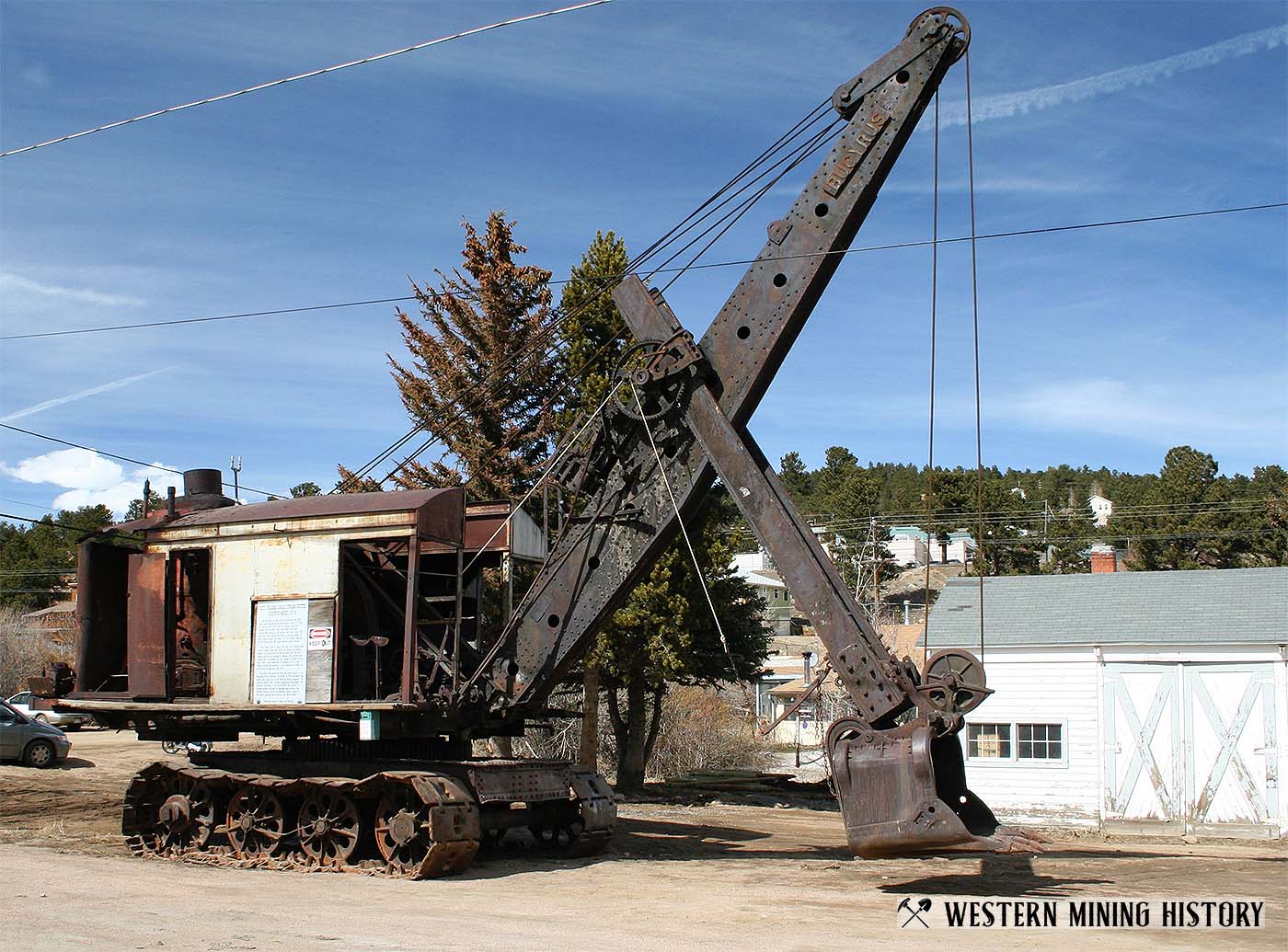
1923 Panama Canal Steam Shovel Bucyrus Model 50-B
The only Bucyrus model 50-B still existing, this 1923 steam shovel weighs 130,000 pounds and is rated at 75 tons. 534 Bucyrus and Bucyrus-Erie 50-B shovels were built between 1923 and 1939. They were amond the largest tracked steam shovels in the world at that time. Until 1932 most were steam powered and moved on railroad tracks. In 1923, crawler tracks were added to the 50-B model, creating the first heavy duty, 360-degree rotation mobile shovels.
This shovel, with 24 others, was sent to the Panama Canal to build bridges, roads, and drains and remove the massive amount of dirt and rock cut from the canal bed. All the shovels but one were scrapped at Panama. The survivor was shipped back to California and then brought to Denver. In the early 1950's it was transported to Rollinsville by Roy and Russel Durand, who operated it at the Lump Gulch Placer, six miles south of Nederland, until 1978.
The Shovel was donated by Steve and Laurel Higgins to the Nederland Mining Museum. On October 21, 2005 the shovel was moved from Lump Gulch to the Nederland Mining Museum. This national treasure links a historic engineering achievement, the industrial revolution of the United States, local history of Colorado Mining, and good old fashioned hard work by two brothers trying to achieve the American dream. Today it is the largest operating steam shovel in the United States.
Bucyrus Model 50-B Steam Shovel
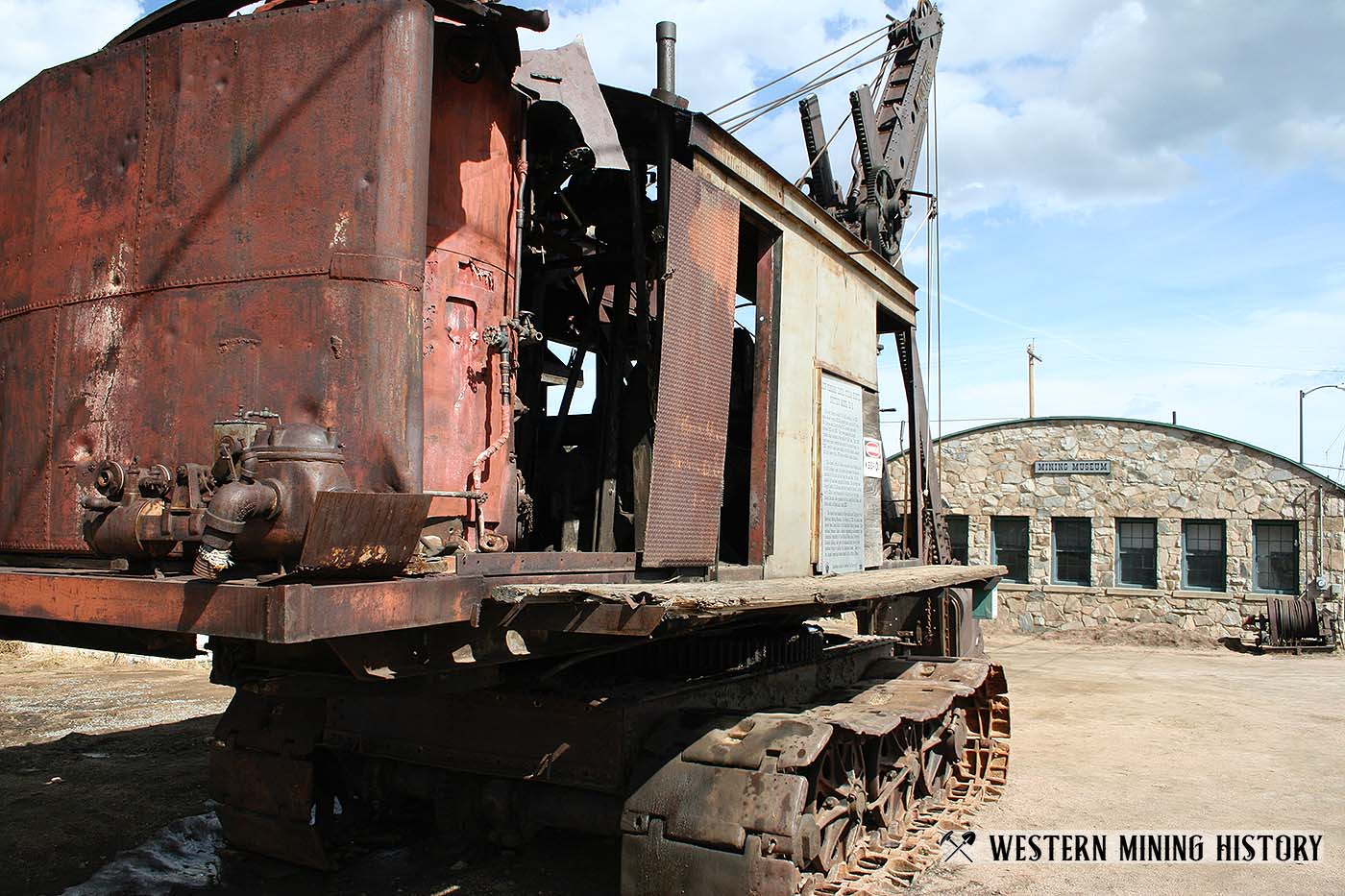
1923 Panama Canal Steam Shovel Bucyrus Model 50-B
The only Bucyrus model 50-B still existing, this 1923 steam shovel weighs 130,000 pounds and is rated at 75 tons. 534 Bucyrus and Bucyrus-Erie 50-B shovels were built between 1923 and 1939. They were amond the largest tracked steam shovels in the world at that time. Until 1932 most were steam powered and moved on railroad tracks. In 1923, crawler tracks were added to the 50-B model, creating the first heavy duty, 360-degree rotation mobile shovels.
This shovel, with 24 others, was sent to the Panama Canal to build bridges, roads, and drains and remove the massive amount of dirt and rock cut from the canal bed. All the shovels but one were scrapped at Panama. The survivor was shipped back to California and then brought to Denver. In the early 1950's it was transported to Rollinsville by Roy and Russel Durand, who operated it at the Lump Gulch Placer, six miles south of Nederland, until 1978.
The Shovel was donated by Steve and Laurel Higgins to the Nederland Mining Museum. On October 21, 2005 the shovel was moved from Lump Gulch to the Nederland Mining Museum. This national treasure links a historic engineering achievement, the industrial revolution of the United States, local history of Colorado Mining, and good old fashioned hard work by two brothers trying to achieve the American dream. Today it is the largest operating steam shovel in the United States.
